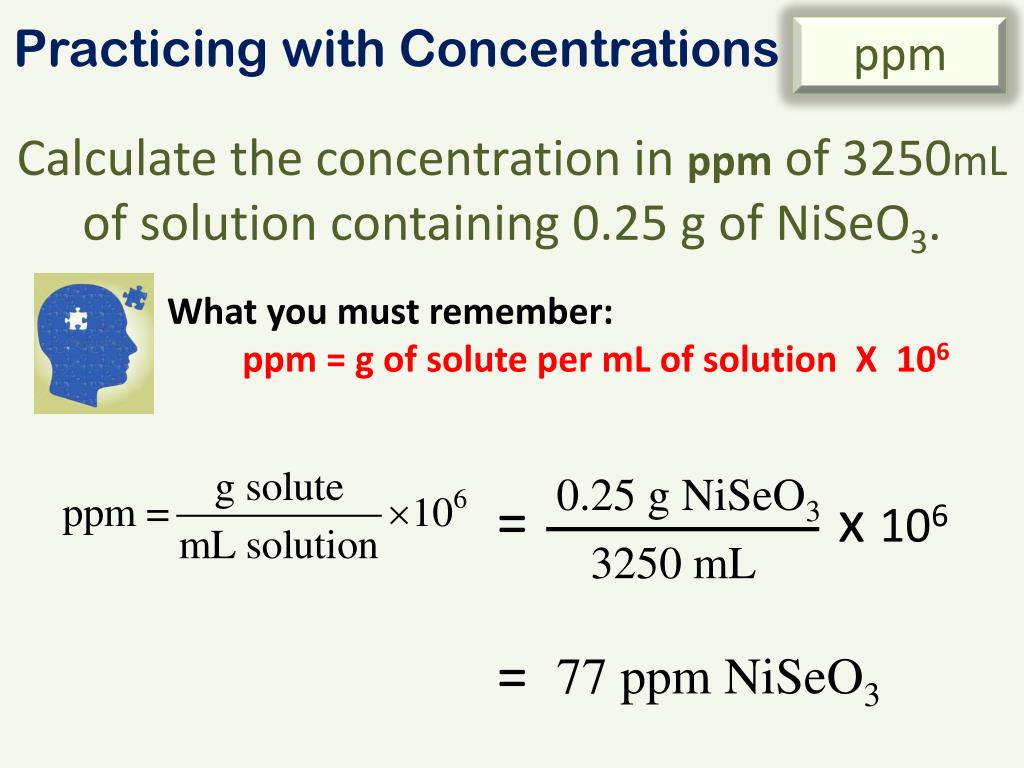

Another way to check this: The volume of 0.1N tiosulphate used to reach the endpoint in your titration must have been 8.5mL, which would be about right for a 20mL burette?

Note: I think your 3% must be just the amount of Cl from the scrubber material not the total NaOCl, as you have used the molecular weight of Cl in your calculation. The equivalents of thiosulphate used is equal to the equivalents of hypochlorite present. In your case the standard solution is 0.1N Na2S2O3. The liberated iodine is titrated with standard sodium thiosulphate solution. In your method, the hypochlorite is treated with an excess of potassium iodide and acidified with acetic acid: Thank you very much.This method is described in Vogel's Textbook of Quantitative Inorganic Analysis, and is much more simple than i was making it. Can you please explain further why the 'mixture' need to be diluted? and the new formula for calculation. So, you suggest that after Step 4, the mixture has to be diluted. I titrated the 'mixture' straight after addition of all solutions (From step 1 to 4). Get back to your question: No, I didn't dilute after step 4. Sorry, for the Formula of %NaOCl the concentration of Na2S2O3 should be 0.1N as below:įormula of %NaOCl = (V X 0.1N 0.003546) X 100 / weight of sample If this is your aim, you should try something like hydrogen peroxide or chlorine dioxide, if the system has heavy calcium deposits you may want to try an acid clean first too.Īny questions contact me through my website. This heavily chlorinated water will be dangerous to all users of the system, so it is best to have the buiding empty when carrying out any work.Īlso please note, I am not sure what you intend to chlorinate or why, but be aware chlorine only achieves a 'contact kill', ie it will not penetrate or dissolve dirt, scale etc which will be harbouring bacteria. Similarly, a low ph Value should be brought up to between 7 and 8. You should not proceed to chlorinate water with a ph value of 9 without correcting the value. You need to take into account factors such as ph and cleanliness of the system, a higher ph will require more chlorine and starts to go up in a logarithmic scale, so best to add something to neutralise the ph of the water if you have something from ph 8 - 9. The idiots rule of thumb (bucket science) is to add half a litre of chlorine to 1000 litres of water to achieve 50ppm. Although your concentration is stated as 13% you should take the value to be nearer 10%.


 0 kommentar(er)
0 kommentar(er)
